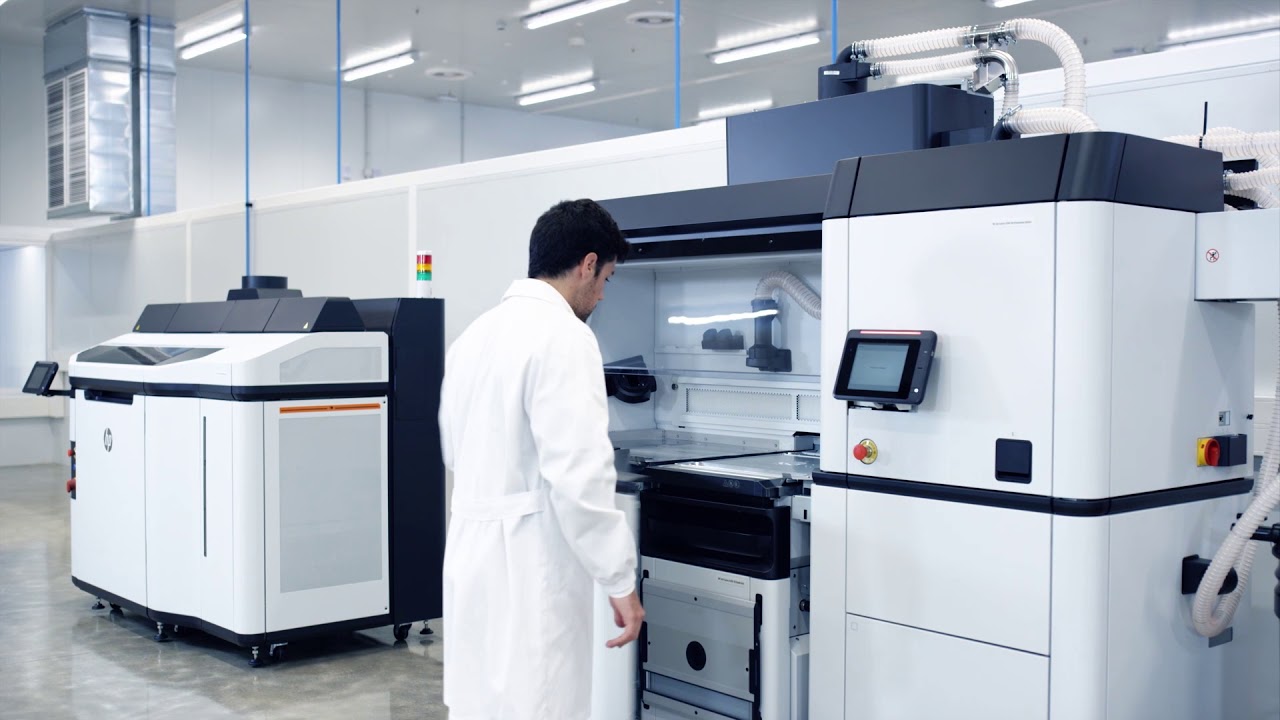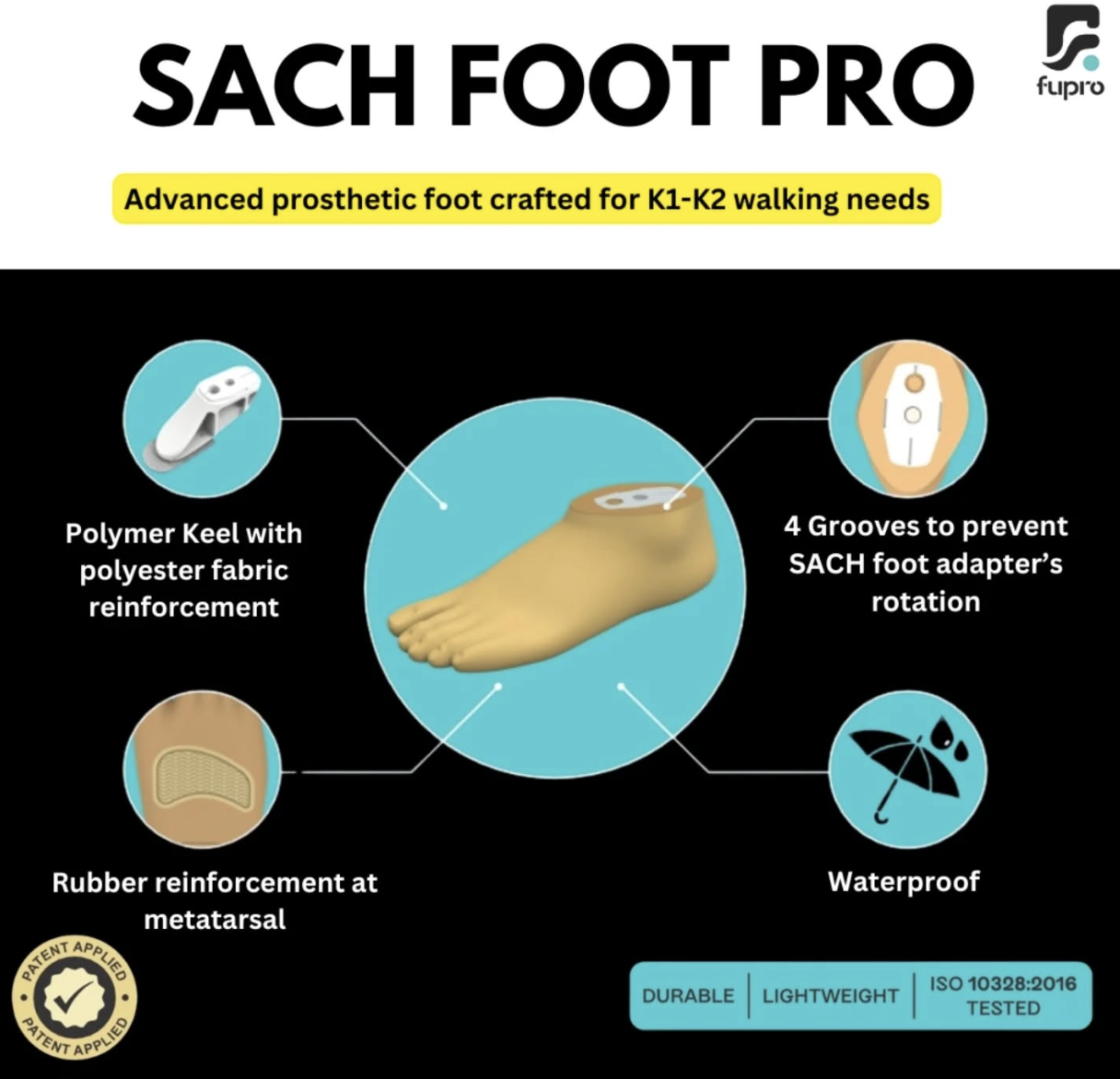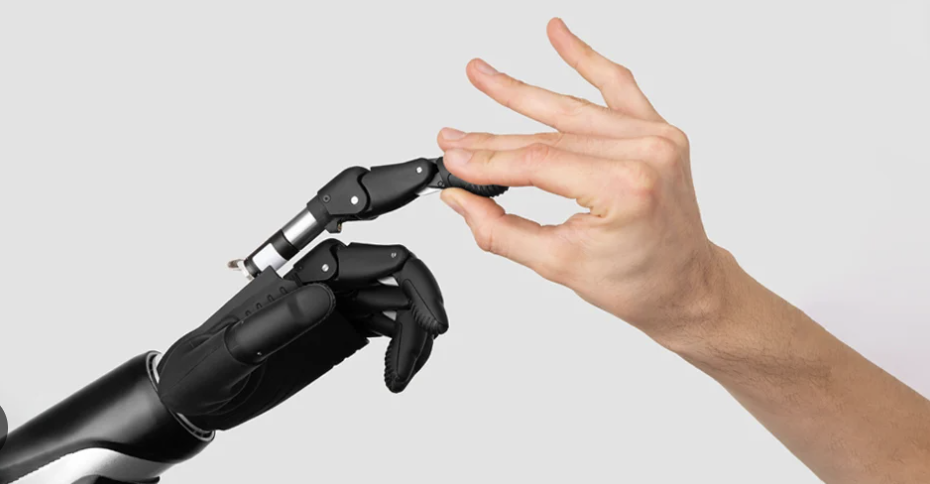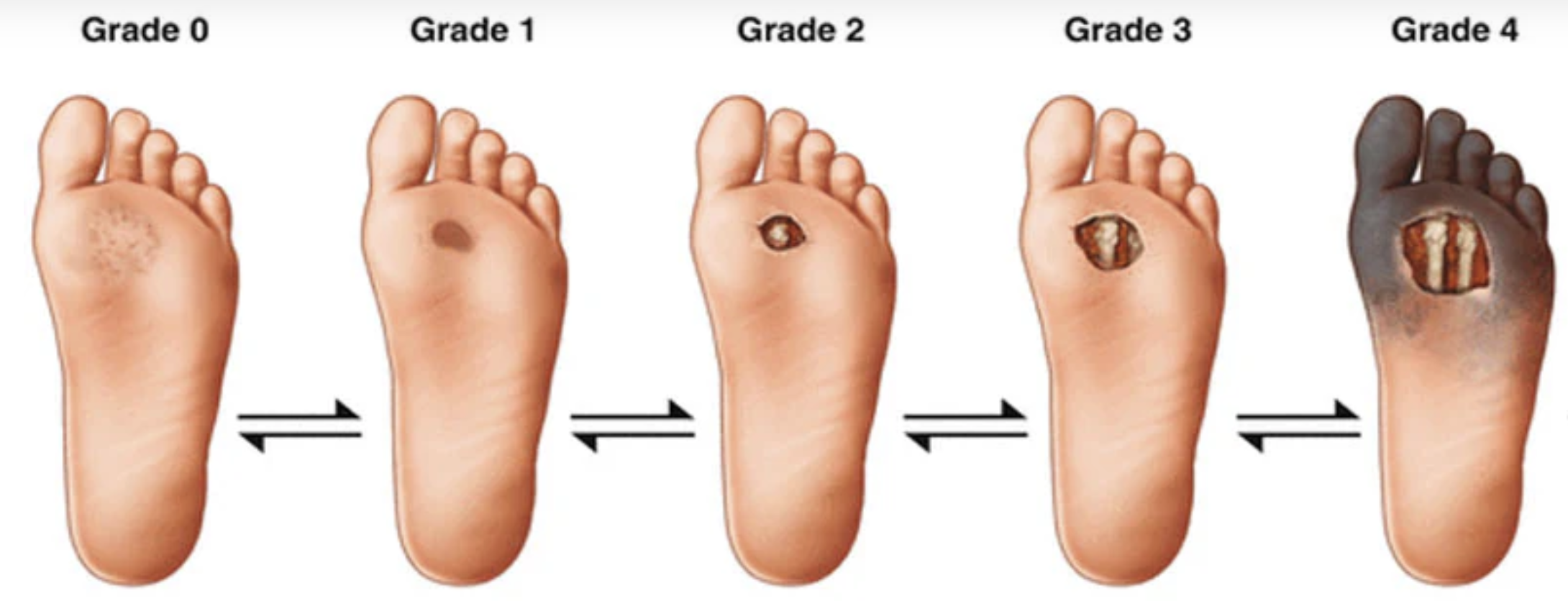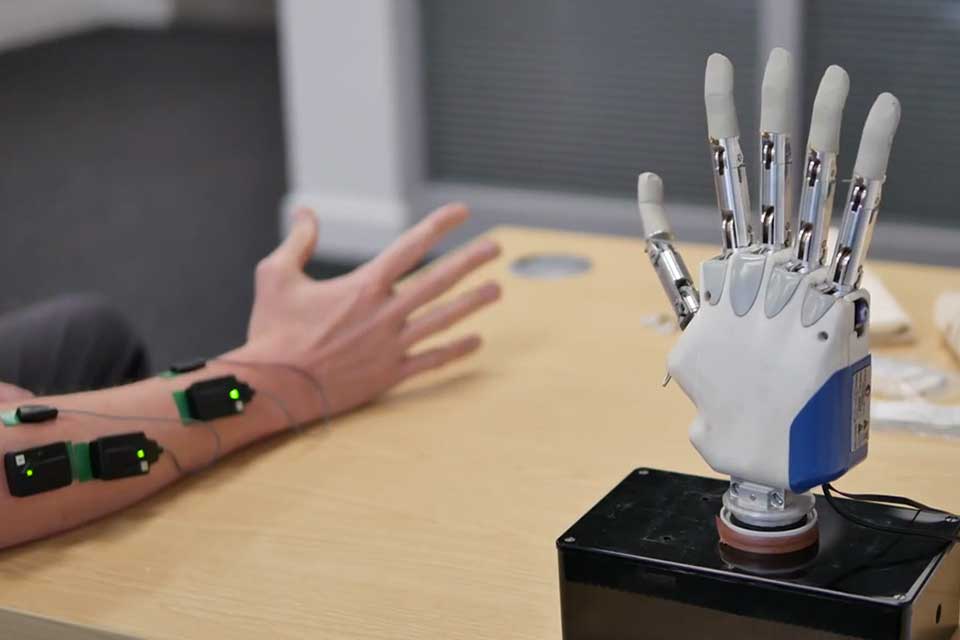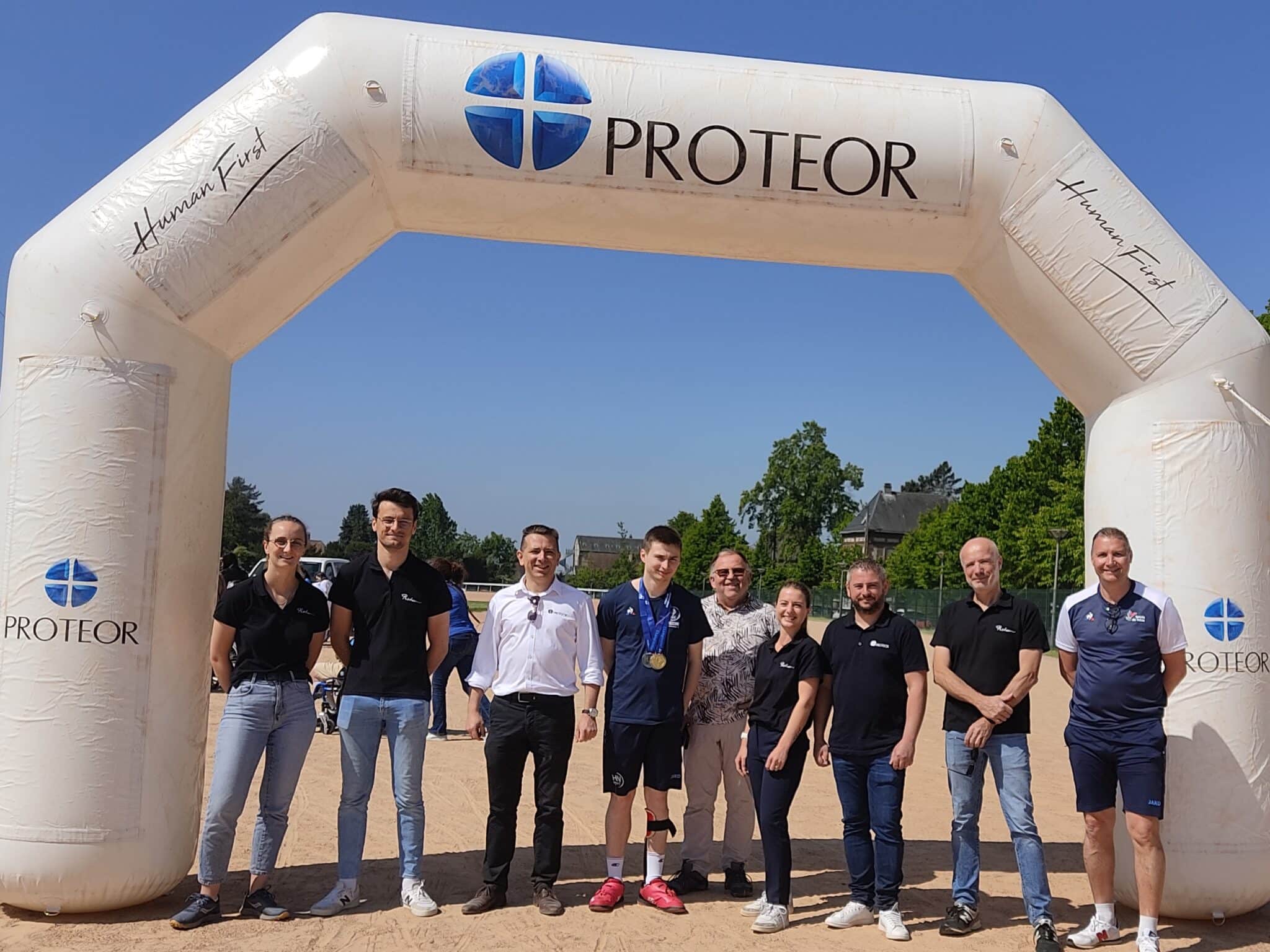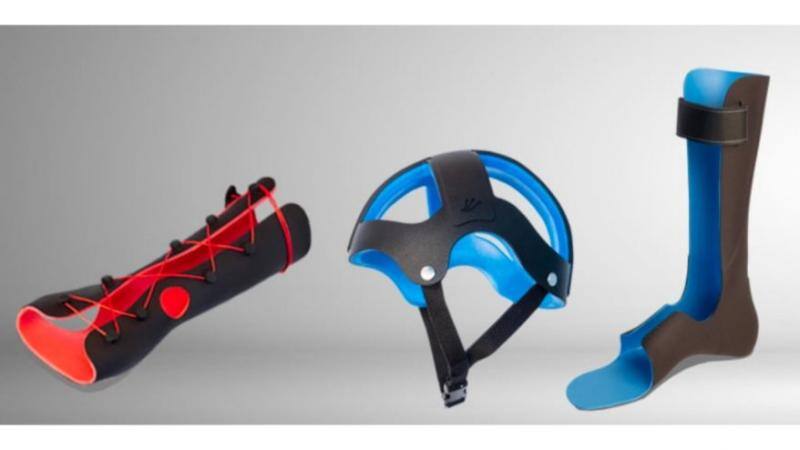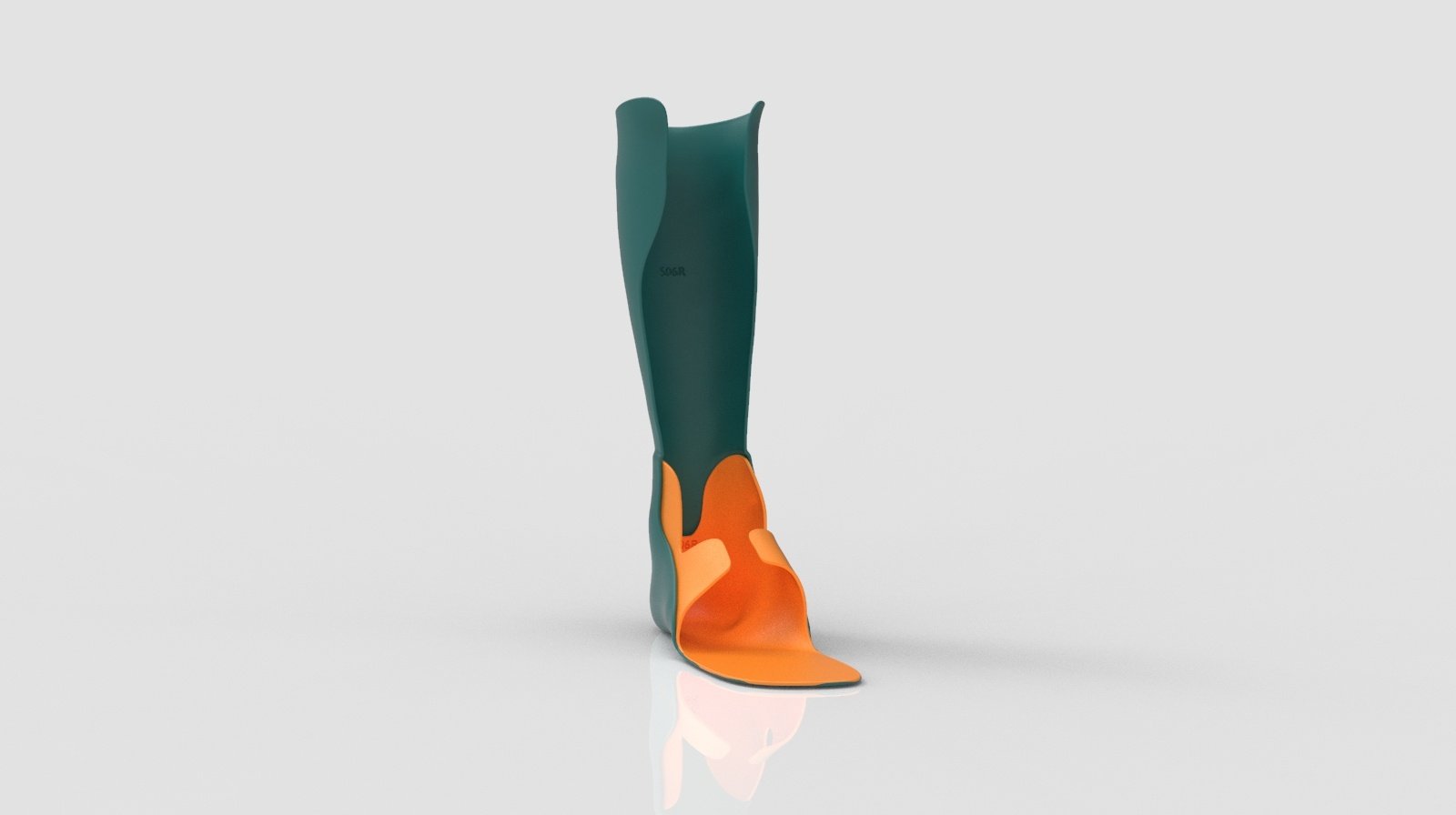A week ago, we successfully concluded our event focusing on 3D printing (and 3D technologies in general) in the orthotics and prosthetics industry. This is one of the most critical topics that defines our vision and achievements in healthcare 3D printing, and therefore 3DHEALS events revisit this annually. For our 2024 version, our unique expert panel covered almost every body part in the O&P industry. The speakers included clinicians, industrialists, marketers, and startup founders. Each speaker brought their unique journeys (often measured in decades), perspectives, and wishlist to the conversation. What is also worth mentioning was our audience for the live event. Our analytics dashboard showed surprisingly strong results from India, Denmark, and Canada, in addition to our US audience, among 40+ countries. We also had one of the highest percentages of clinicians signed up for the event, 15%, as opposed to typically less than 10%. (Your prosthetists care! )The beauty of the 3DHEALS panel is that it is a mix of structured education in a relatively short period (15 minutes or so) and organic reactions and conversations among the audience. I want to thank all of the speakers, as well as a very engaging audience, for participating in this event. This blog contains my thoughts after the event. Frankly, I felt a bit out-of-date during the virtual event because there were so many advancements since I last reviewed the industry. Therefore, this blog contains my opinions, which are not necessarily the truth, and I am open to critiques.
Sustainability (Money) First.
Many don’t prioritize money in work, especially in the healthcare industry, where we prioritize patient benefits over pocketbooks. While that is the right attitude, a realistic understanding of the economics of 3D printing adaptation is critical to building a sustainable clinical practice and business that will benefit more people for longer. Digital transformation takes a lot of analysis, planning, and forecasting. Different geographies, patient demographics, payor mix, reimbursement pathways, and other economic environments determine how a clinic or business adapts to the technology. Fortunately, many 3D printing vendors (such as HP, Inc.) have done much of the homework and approached their potential customers with data and charts to make such analysis easier. Nowadays, I doubt a conversation about 3D printing capex expenditures can start without a spreadsheet. The goal is clear: a sustainable pathway for long-term digital adoption for the masses and, ultimately, a complete replacement of traditional O&P practices. It is less about selling a printer and more about promoting a concept, a vision, and a smooth digital workflow that will increase our productivity by 10x.
Cooperation Is the Key.
Once upon a time, I fondly witnessed heated debates on EBM (Electron Beam Melting) versus SLM (Selective Laser Melting), which I suspect is still ongoing. While some of our speakers are obvious experts in specific 3D printing technologies (MJF, SLS, FDM, to name a few), there was a strong sense of cooperation. The mutual understanding is that this is not a zero-sum game, and everyone could create an excellent business case for the right patient and clinic. This is an early-stage industry, and 99% of the market is still up for grabs. Therefore, the more immediate threat to survival is not a particular technique or machine manufacturer but common enemies like a lack of next-generation education, more accessible or updated reimbursement pathways, and sustainable business practices. This sense of cooperation will serve the industry well for the immediate future.
Digital Transformation On Demand
Software is essential (for 3D printing). Some obvious benefits include increasing productivity (especially in terms of personalization of devices), increasing access to better practices, and quicker product differentiation by embedding unique design advantages (mechanical properties, lightweight, manufacturing scalability, etc.). When we just founded 3DHEALS, I frequently heard complaints that clinical people had to adapt to industrial solutions for healthcare use because there was a lack of healthcare-specific 3D printing software solutions. That landscape is rapidly changing in the O&P industry and the medical and dental sectors. More and more larger companies are doubling down on focusing on healthcare-industry-specific software. Proteor, a 100+-year-old Frech O&P company (a company I did not know before our last event), is now a leading 3D printing software provider with a decent US market share in 3D printed devices. This ambition was there 20 years ago. This tells me the probability of O&P moving away from digital transformation is nearly zero, and those not using this should catch up. Something parallel to the dental and hearing aids industry and the orthopedic implant space.
The other digital transformation is happening in the startup landscape. Icarus Medical Innovation focuses on improving knee osteoarthritis care. While it uses 3D printing as core manufacturing technology, the company invested early and heavily in software, including a patient-facing iPhone-based 3D scanning app, and automated the device’s design process. This shift of emphasis on optimizing the software to improve the workflow and bottom line is becoming increasingly popular. Buy a half million machine first, or a 50K software tool to increase half a million dollar efficiency? You do the math. This makes sense the many OEMs are also increasingly acquiring software startups and then re-offer these as a bundle to their customers.
2025 Forecasts:
Based on the final remarks of our speakers, here are some 2025 predictions for 3D printed O&P, and it would be fun to revisit these predictions by the end of next year:
- More clarified CTP code, reimbursement pathway for 3D printed O&P products
- New in-office, smaller footprint industry-quality 3D printers using a variety of techniques such as SLS
- New material selections (including metamaterials) for 3D-printed O&P devices
What do you predict?
Email me here: jennychen@3dheals.com
You can now watch this recording on-demand for a few weeks until December 12th (when we host our next event). Please take a look at the instructions below. After Dec 12th, you can find this recording for a fee on 3dheals.com. For those with short attention spans, we regularly publish highlights of the events on our YouTube channel. The audio recording will also be available on our “The Lattice” podcast in a few days for more auditory-oriented people.
